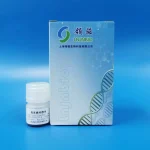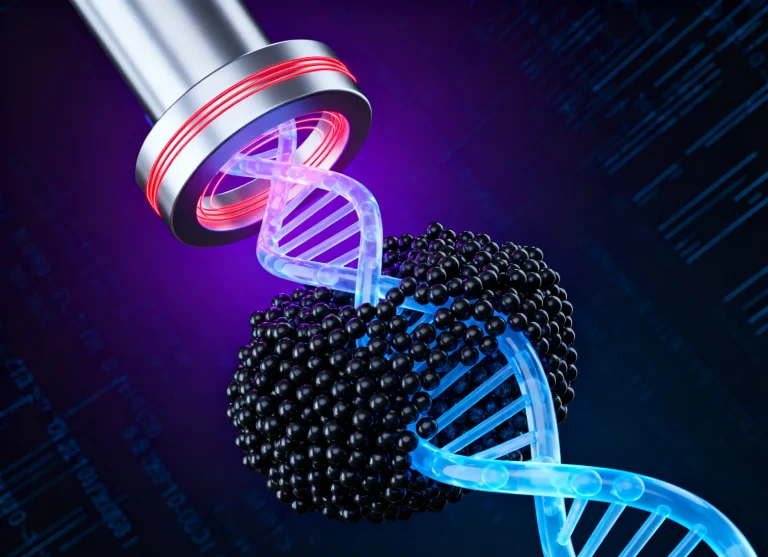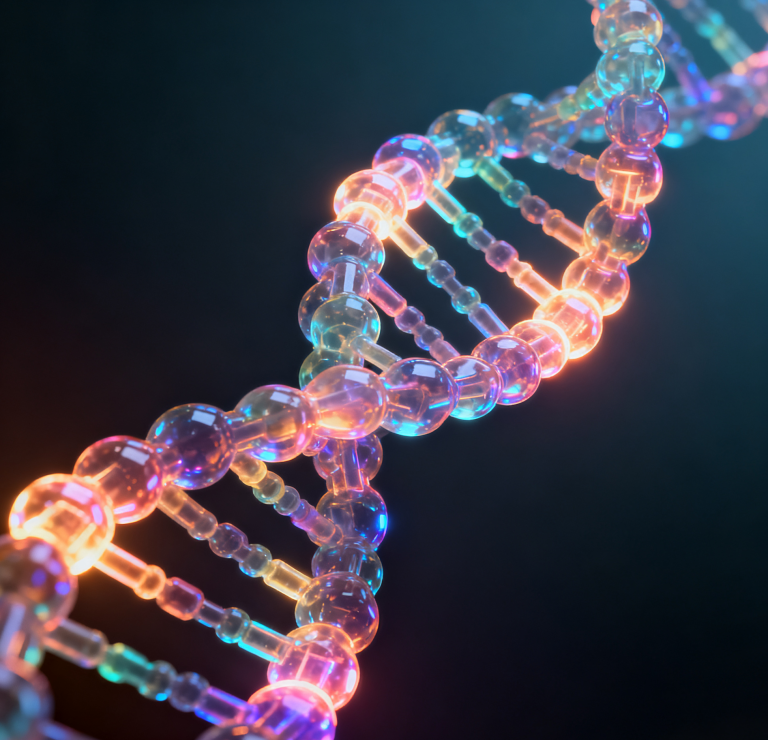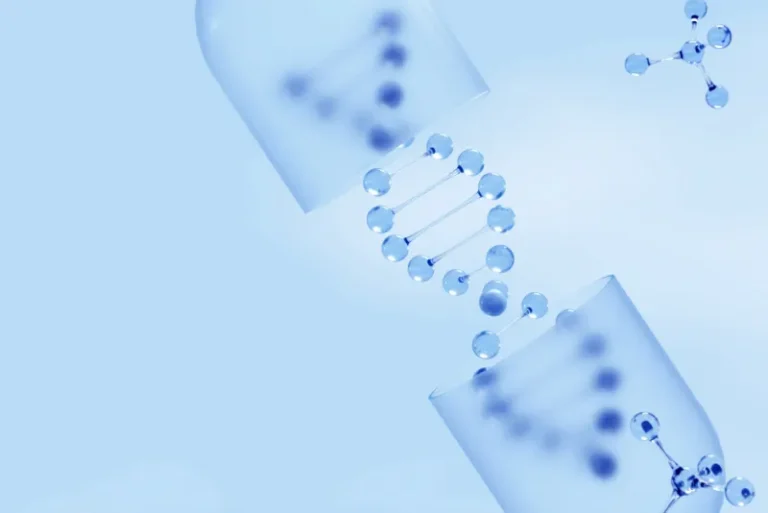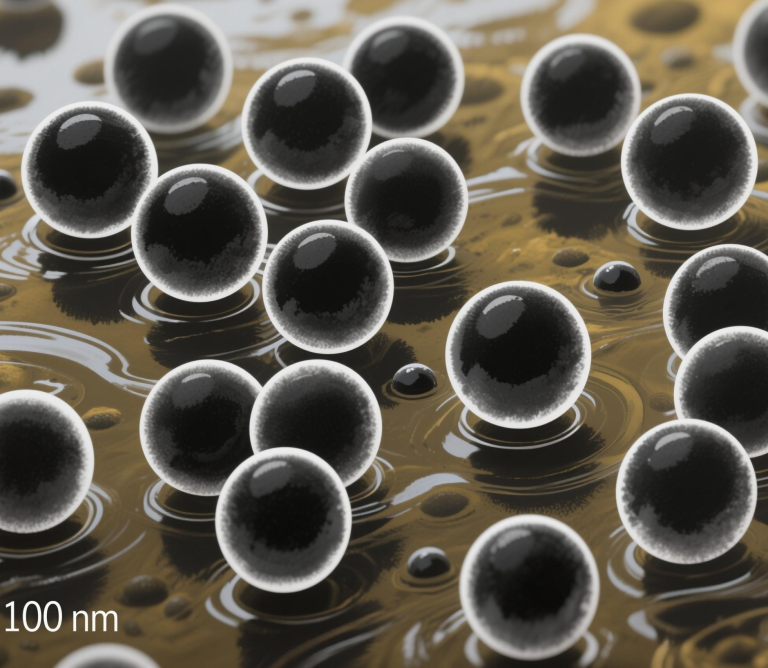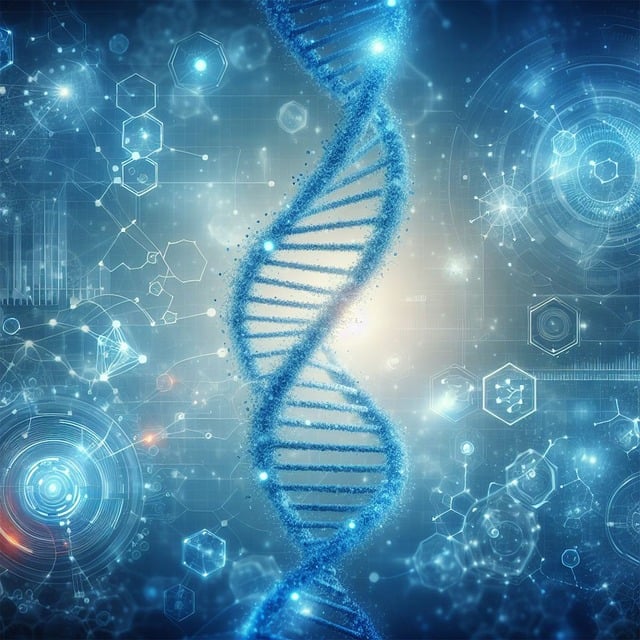Professional Manufacturer of Biomagnetic Beads

How significantly does temperature affect silica hydroxyl and carboxyl magnetic beads?
The effect of temperature on silica hydroxyl (-OH) and carboxyl (-COOH) magnetic beads is very significant, primarily impacting stability, binding capacity, and aggregation tendency. The specific effects vary depending on the bead type (silica hydroxyl vs. carboxyl) and the temperature range:
1. Silica Hydroxyl (-OH) Magnetic Beads
High-Temperature Effects (Typically > 60°C – 70°C):
Dehydration Condensation: Silanol (Si-OH) groups readily undergo dehydration condensation reactions at elevated temperatures, forming siloxane bonds (Si-O-Si) between adjacent groups. This leads to:
Reduced Surface Hydroxyl Groups: Directly decreases the bead’s capacity to capture target molecules (e.g., nucleic acids, certain proteins) via hydrogen bonding or hydrophilic interactions.
Altered Surface Properties: Hydrophilicity decreases, hydrophobicity increases.
Irreversible Damage: This condensation is typically irreversible, permanently impairing the beads’ binding performance.
Increased Aggregation: Reduced surface hydroxyls and increased hydrophobicity weaken inter-bead repulsive forces, making the beads more prone to irreversible aggregation and sedimentation.
Bead Structural Stability: Prolonged or extreme high temperatures might affect the stability of the magnetic core (usually Fe₃O₄) or the integrity of the silica coating, but silanol condensation is usually the more sensitive issue.
Low-Temperature Effects:
Short-Term Refrigeration/Freezing: Generally has little impact on silica hydroxyl stability and is the recommended storage condition.
Repeated Freeze-Thaw Cycles: Physical stresses from ice crystal formation and melting can cause bead breakage or surface coating damage, indirectly affecting performance. Avoid repeated freeze-thaw; store in buffers containing cryoprotectants (e.g., glycerol, EDTA) and aliquot before freezing.
2. Carboxyl (-COOH) Magnetic Beads
High-Temperature Effects (Typically > 50°C – 60°C):
Decarboxylation: Carboxyl groups can undergo decarboxylation reactions at high temperatures, releasing carbon dioxide (CO₂) and reducing the number of surface carboxyl groups. This directly weakens the bead’s ability to bind target molecules (e.g., proteins, antibodies, positively charged substances) via electrostatic interactions or carbodiimide-mediated covalent coupling.
Ester Bond Hydrolysis/Instability: If carboxyl beads are used for covalent coupling (e.g., EDC/NHS chemistry to conjugate antibodies), the resulting amide bonds are relatively stable. However, ester bonds within the linker arms or bead matrix may hydrolyze at high temperatures, leading to ligand detachment.
Increased Aggregation: High temperatures can alter surface charge or the solvation layer, reducing electrostatic repulsion or steric hindrance, increasing the risk of bead aggregation.
Ligand Denaturation: If biological ligands (e.g., antibodies, enzymes, Protein A/G) are already conjugated to the beads, high temperatures will directly cause denaturation and inactivation of these biomolecules.
Low-Temperature Effects:
Short-Term Refrigeration: Generally has little impact on carboxyl group stability itself and is a common storage/operation temperature. Note that conjugated biological ligands may require stricter cold storage (e.g., -20°C).
Freezing:
Physical Damage: Similar to silica hydroxyl beads, physical stress from repeated freeze-thaw cycles can damage beads or conjugates.
Buffer Crystallization/Concentration: Crystallization of buffer components during freezing can cause drastic local pH shifts or high salt concentrations, potentially damaging carboxyl groups or conjugated ligands. Suspensions containing carboxyl beads intended for freezing should use cryo-compatible buffers (avoid phosphate crystallization) and include cryoprotectants (e.g., glycerol, sucrose).
Summary of Key Points
Sensitivity Difference: Carboxyl magnetic beads are generally more sensitive to high temperatures than silica hydroxyl beads. The main risks for carboxyl beads are decarboxylation and denaturation of conjugated ligands. The primary risk for silica hydroxyl beads is dehydration condensation at high temperatures.
Critical Temperature Range: Both types have a critical temperature range (roughly above 50°C – 70°C). Exceeding this range significantly increases negative effects, potentially causing irreversible damage. The exact threshold depends on the specific bead formulation, surface group density, and chemical environment (pH, ionic strength).
Primary Negative Effects:
Reduced Binding Capacity: Loss of surface functional groups (-OH, -COOH) or ligand detachment/denaturation.
Increased Aggregation: Leads to difficult handling, reduced binding efficiency, and increased non-specific adsorption.
Irreversible Damage: Condensation, decarboxylation, and structural damage are typically permanent.
Low-Temperature Handling: Storage at 2°C – 8°C is recommended for both. For long-term freezing, handle with care: avoid repeated freeze-thaw cycles and use appropriate cryoprotectants and buffers.
Operational Recommendations
Strictly Follow Manufacturer’s Instructions: Always adhere to the product datasheet for recommended storage temperature, operating temperature range, and experimental conditions.
Avoid High Temperatures: Unless explicitly required by a protocol step (e.g., certain lysis or elution steps), avoid exposing bead suspensions to high temperatures (> 50°C), especially for prolonged periods. Exercise extra caution with carboxyl beads and conjugated beads.
Control Heating Steps: If heating is essential (e.g., nucleic acid elution), strictly control temperature and duration, ensuring uniform heating. Cool down promptly afterward.
Gentle Mixing: When handling at elevated temperatures, use gentler mixing actions to minimize aggregation.
Optimize Freezing: If freezing is necessary, aliquot suspensions, use solutions containing cryoprotectants (e.g., 20-50% glycerol, 10-20% sucrose) in appropriate buffered salts, and minimize freeze-thaw cycles.
In summary, temperature is a critical parameter affecting the performance of both silica hydroxyl and carboxyl magnetic beads. High temperatures have significant negative impacts on the stability, functionality, and dispersibility of both types, with carboxyl beads generally being more sensitive. Strict adherence to manufacturer guidelines and operation within the recommended temperature ranges is crucial.
Supplier
Shanghai Lingjun Biotechnology Co., Ltd. was established in 2016 which is a professional manufacturer of biomagnetic materials and nucleic acid extraction reagents.
We have rich experience in nucleic acid extraction and purification, protein purification, cell separation, chemiluminescence, and other technical fields.
Our products are widely used in many fields, such as medical testing, genetic testing, university research, genetic breeding, and so on. We not only provide products but also can undertake OEM, ODM, and other needs. If you have a related need, please feel free to contact us .

